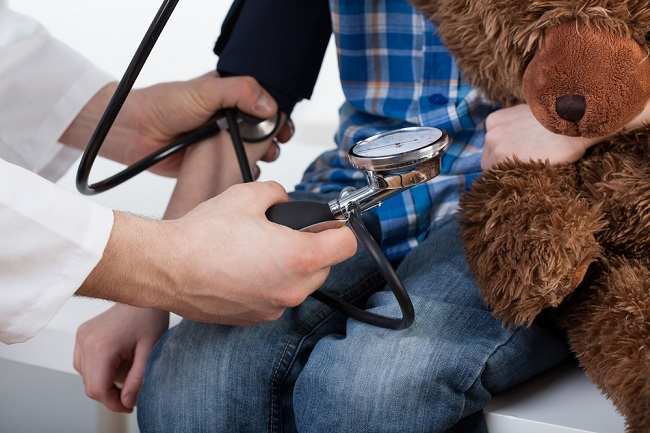Pulmonary specialist is a doctor who specializes in treating diseases and disorders of the lungs and lower respiratory tract. Lung disease is one of the most common respiratory disorders. This condition can be caused by several factors, such as infection, genetics, job risk, or smoking habits.
The main task of a pulmonologist is to diagnose and determine the right type of treatment for various problems in the respiratory system. Pulmonary specialists can work independently by opening a private practice or working in a hospital.

Types of Diseases Treated by Lung Specialists
Some of the conditions that a pulmonologist can treat include:
1. Asthma
Asthma occurs due to inflammation of the respiratory tract which causes sufferers to experience shortness of breath and wheezing. Asthma symptoms can appear due to the influence of infection, pollution, or allergies.
2. Lung infection
Lung infections can occur due to bacteria, viruses, or fungi. An example of a bacterial infection is tuberculosis. This disease causes sufferers to have a cough with phlegm for more than 2 weeks accompanied by fever, shortness of breath, coughing up blood, and weight loss.
In addition, lung infections can also take the form of pneumonia. Pneumonia is an infectious disease of the lungs that causes sufferers to experience cough, shortness of breath, and fever. This condition is more dangerous if it occurs in children, the elderly, or people with weakened immune systems.
3. Interstitial lung disease
Interstitial lung disease is a medical term to describe a group of lung problems that affect lung tissue. Disorders of this tissue can damage the structure and function of the lungs.
4. Bronchitis
Bronchitis is inflammation that occurs in the respiratory tract for a long time. Generally, bronchitis occurs due to infection or irritation due to exposure to pollution or cigarette smoke. This condition causes the sufferer to experience a cough that is accompanied by yellow, gray, or green phlegm.
5. Bronchiectasis
Bronchiectasis is a permanent condition in which the airways become wider than normal and produce excessive mucus. This makes the breathing process less effective. The build-up of excess mucus also makes the lungs more susceptible to infection.
6. Chronic obstructive pulmonary disease
Chronic obstructive pulmonary disease (COPD) is a long-term lung disease. Examples of COPD are chronic bronchitis and emphysema. Patients with this disease will generally experience coughing up phlegm and shortness of breath for a long time.
7. Occupational lung disease
This condition occurs when the sufferer inhales certain irritants, such as dust, chemicals, and fumes in excess, due to occupational risks. Substances that are inhaled cause interference with the lungs, so that the lungs cannot perform their functions properly.
8. Lung cancer
Lung cancer is a condition when cancerous tissue forms in the lungs. Lung cancer is most often experienced by smokers, both active and passive smokers. This condition generally has symptoms of coughing up blood, shortness of breath, chest pain, hoarseness, and weight loss for no apparent reason.
In addition to the conditions above, pulmonary specialists also treat various diseases or disorders of other lung organs, such as pulmonary embolism, pleural effusion, pneumothorax, lung swelling, and respiratory failure.
Medical Procedures Performed by Lung Specialists
In addition to treating diseases related to the lungs and respiratory system, pulmonary specialists are also tasked with conducting medical examinations and procedures related to the lungs and respiratory system. The procedure includes:
- Pulmonary function tests, to determine the performance of the lungs in taking in and exhaling air.
- Bronchoscopy, to look for possible problems with the trachea, throat, or larynx.
- Thoracocentesis, to remove fluid or air from the lungs.
- Biopsy of the pleura and lungs, to take tissue samples that need further examination.
- Lobectomy, to remove one lobe of the lung.
- Chest ultrasound, to check the structure of the respiratory organs and abnormalities that may occur.
- Tracheostomy, to secure the passage of air and ensure proper respiratory function.
If you experience complaints related to the respiratory system, such as shortness of breath or cough that doesn't go away, or coughing up blood, you can consult a general practitioner first.
If your general practitioner assesses your condition requires treatment or action from a pulmonologist, you will be referred to a pulmonologist for further treatment and treatment.









